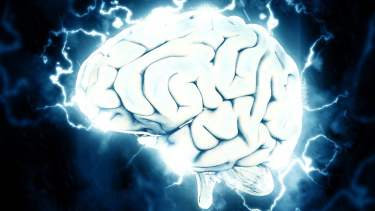Human Brain Capacity Declines as Climate Change
- Pixabay
VIVA – A new study shows a link between past climate change and a decrease in human brain capacity, an adaptive response that emerged in an analysis of climate records and human remains over a 50,000-year period.
The research, conducted by cognitive scientist Jeff Morgan Stibel of the Natural History Museum in California, adds to our understanding of how humans evolve and adapt in response to environmental stress.
"Given recent global warming trends, it is critical to understand the impact of climate change, if any, on human brain size and ultimately human behavior," Stibel wrote in his paper.
The study looked at how the brain size of 298 Homo specimens changed over the past 50,000 years in relation to natural records of global temperature, humidity and precipitation.
When the climate became warmer, the average brain size grew much smaller than when the climate was cooler.
Ilustrasi perubahan iklim.
- Deccan Herald
Stibel's previous research on brain shrinkage prompted this investigation because he wanted to understand the root causes.
"Understanding how the brain changes over time in hominins is very important, but very little research has been done on this," Stibel said.
He recognizes that the brain has evolved across species over the past few million years, but knows little about other macroevolutionary trends.
Stibel obtained skull size data from ten separate published sources, totaling 373 measurements from 298 human bones over 50,000 years.
He included body size estimates adjusted for geographic region and sex to estimate brain size.
The fossils were grouped by how long they lived, and Stibel conducted his research using four different fossil age ranges of 100 years, 5,000 years, 10,000 years and 15,000 years to help explain dating errors.
He then compared the brain size to four climate records, including temperature data from the European Project for Ice Coring in Antarctica (EPICA) Dome C.
The ice core at EPICA Dome C provides accurate surface temperature measurements for more than 800,000 years.
In the last 50,000 years, the Last Glacial Maximum occurred which caused average temperatures to become consistently colder until the end of the Late Pleistocene. The Holocene then saw average temperatures increase to the present day.





























